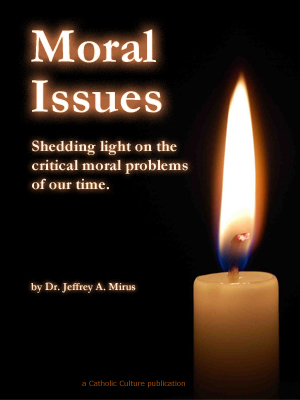Resetting Point: The Feast of the Transfiguration
By Jennifer Gregory Miller ( bio - articles - email ) | Aug 06, 2021 | In The Liturgical Year
 The Medieval era in Europe was the high point of a life of Catholic Culture. All of life was centered around the Church calendar. It didn’t require a personal effort to remember the high feasts or saints’ days of the church, as even the banking days reflected this integrated life.
The Medieval era in Europe was the high point of a life of Catholic Culture. All of life was centered around the Church calendar. It didn’t require a personal effort to remember the high feasts or saints’ days of the church, as even the banking days reflected this integrated life.
We are centuries away from that model permeating our culture and it requires personal concentrated effort to have our life reflect the Church calendar.
Today’s feast of the Transfiguration reminds me of this process. We are smack dab in the middle of the long period of Tempus “per annum,” literally the “season through the year,” weakly translated as “Ordinary Time” or from the previous calendar “Time after Pentecost.”
The liturgical seasons of the year naturally provide us a stopping place to look over and evaluate our lives, repent, make adjustments, renew and redirect, especially the seasons of Advent and Lent. But this six month period from Pentecost to Advent doesn’t have incorporated within the season natural resettings, so we need to look to the feasts of the year for a check-in time.
August for most families marks a shift. For many farmers, it marks the beginning of harvest times. It is preparation and beginning time for school and college. Some sports’ seasons are ending as others (like football) are beginning. There is a seasonal shift, perhaps not universal, but outside I observe the summer noises are changing, with less cicadas, different bird calls, etc. There are more quiet times in the late afternoon. We are entering into the season of autumn.
I’m reminded of all this on August 6 for the Feast of the Transfiguration of the Lord.
The Catechism describes the Transfiguration as “a foretaste of the Kingdom.”
[T]he Transfiguration “is the sacrament of the second regeneration”: our own Resurrection. 300 From now on we share in the Lord’s Resurrection through the Spirit who acts in the sacraments of the Body of Christ. The Transfiguration gives us a foretaste of Christ’s glorious coming, when he “will change our lowly body to be like his glorious body.” 301 But it also recalls that “it is through many persecutions that we must enter the kingdom of God”. 302
 The dictionary describes “Transfiguration” as “the act or process of transfiguring someone or something (= changing their appearance very much, especially in a spiritual way); metamorphosis.”
The dictionary describes “Transfiguration” as “the act or process of transfiguring someone or something (= changing their appearance very much, especially in a spiritual way); metamorphosis.”
We are given this feast to have a glimpse into the Kingdom, a vision of our heavenly Promised Land and glorified bodies. It is glorious to behold, and we are privileged to contemplate. With this vision we are then to look at our own lives. Are we ready to enter into this?
I think for most of us, the answer is “not yet.” As the Gospel states:
As they were coming down from the mountain, he charged them not to relate what they had seen to anyone, except when the Son of Man had risen from the dead.
It is not time yet to set up and live in our tents in Heaven. We have to come down the mountain. We have to reenter our daily lives, embrace the suffering, and live the “season of the year” and fulfill our daily duty. This glimpse of the Transfiguration can help sustain us as we come down and return to our daily work.
I would love to see more artistic renderings of the apostles and Jesus descending the mountain after the Transfiguration. It’s not a lot of action to capture, but their faces of bewilderment would be something to try to recreate. What an amazing heavenly preview they were given, but not yet ready to understand. I can enter into St. Peter’s thoughts—I have been given more to understand than what rising from the dead means, but I can never completely grasp this great mystery. My face can probably reflect their expressions as they came down the mountain.
I view this feast as a gift in the Church calendar to refocus, a little battery recharge for the next three months until the end of the Liturgical Year and the beginning of Advent. It’s embedded into our family culture. During the swirl of back to school activities and other seasonal shifts, I remember that glimpse of the Heavenly vision and use it as a checkpoint to evaluate and sustain me.
See my previous posts on the Transfiguration:
- Feastday Highlights: The Transfiguration
- The Transfiguration: August 6
- The Catholic Tradition of Harvest Feasts of Thanksgiving
All comments are moderated. To lighten our editing burden, only current donors are allowed to Sound Off. If you are a current donor, log in to see the comment form; otherwise please support our work, and Sound Off!








